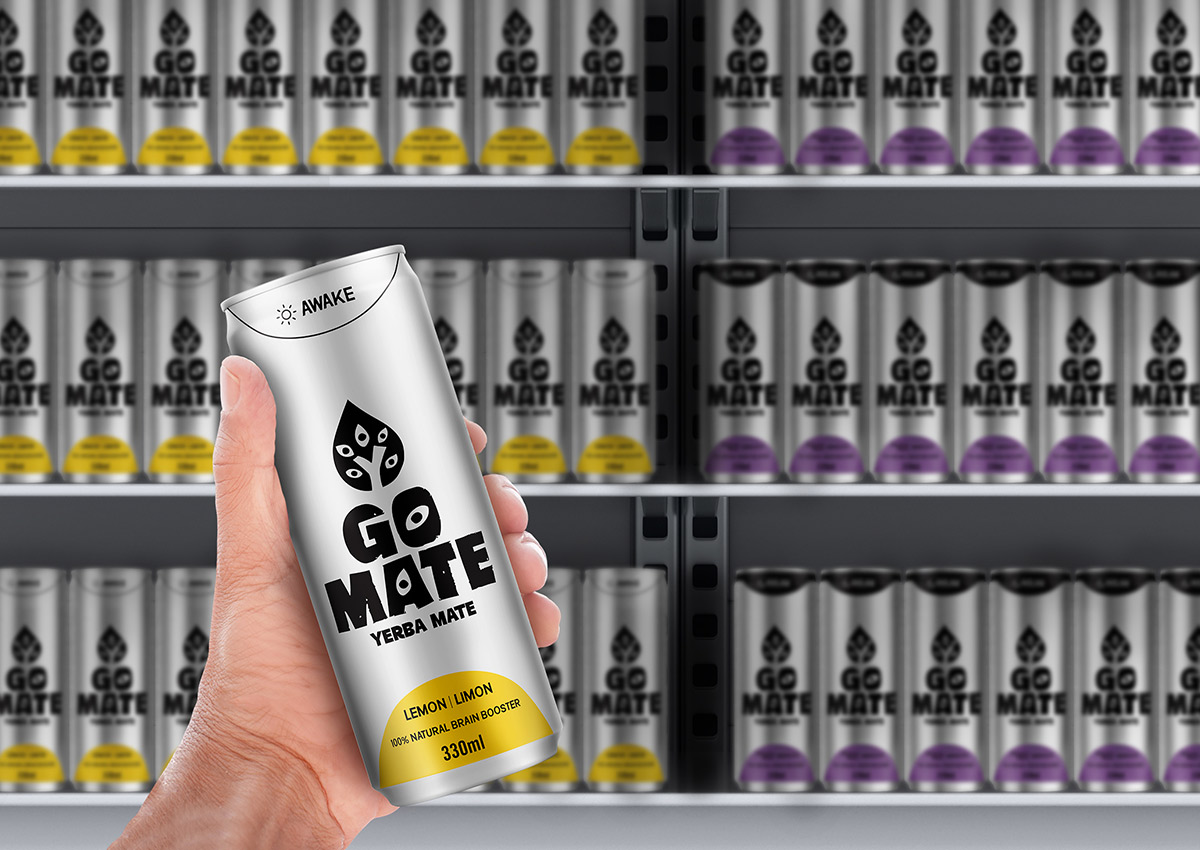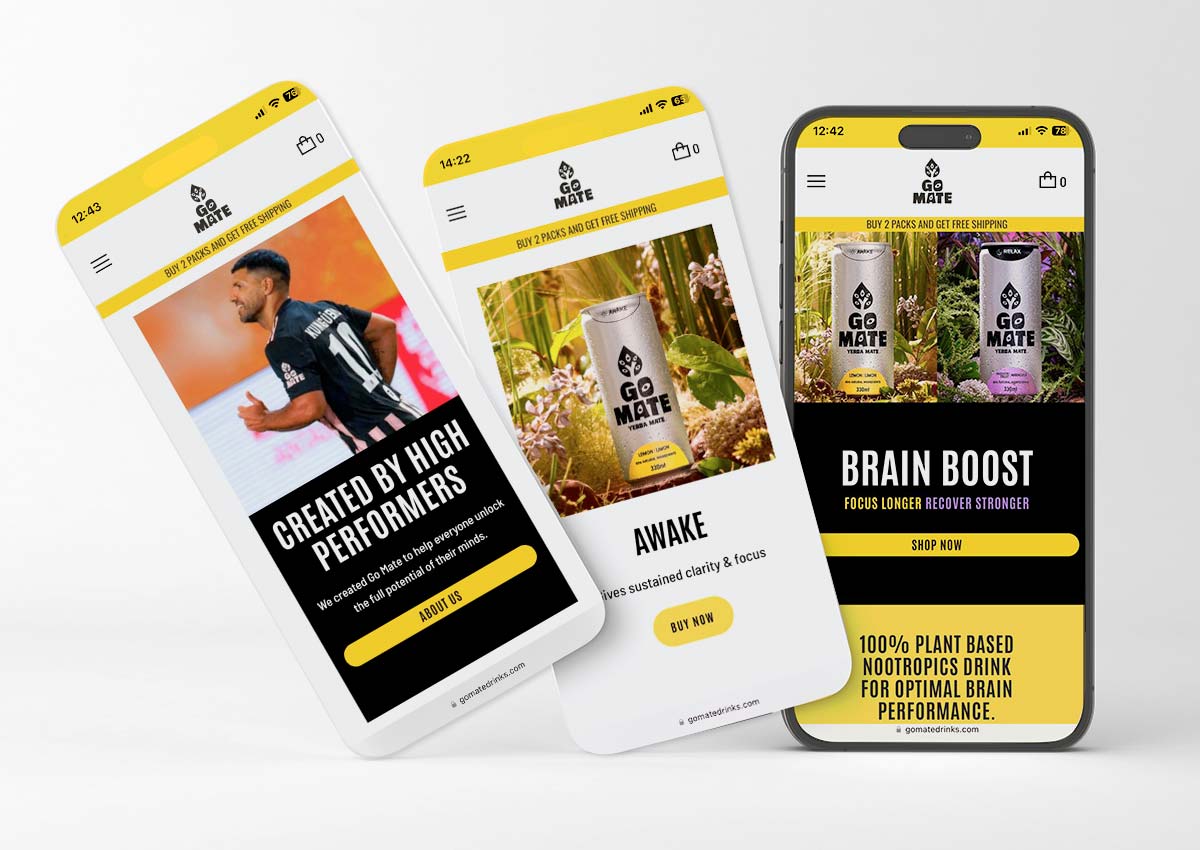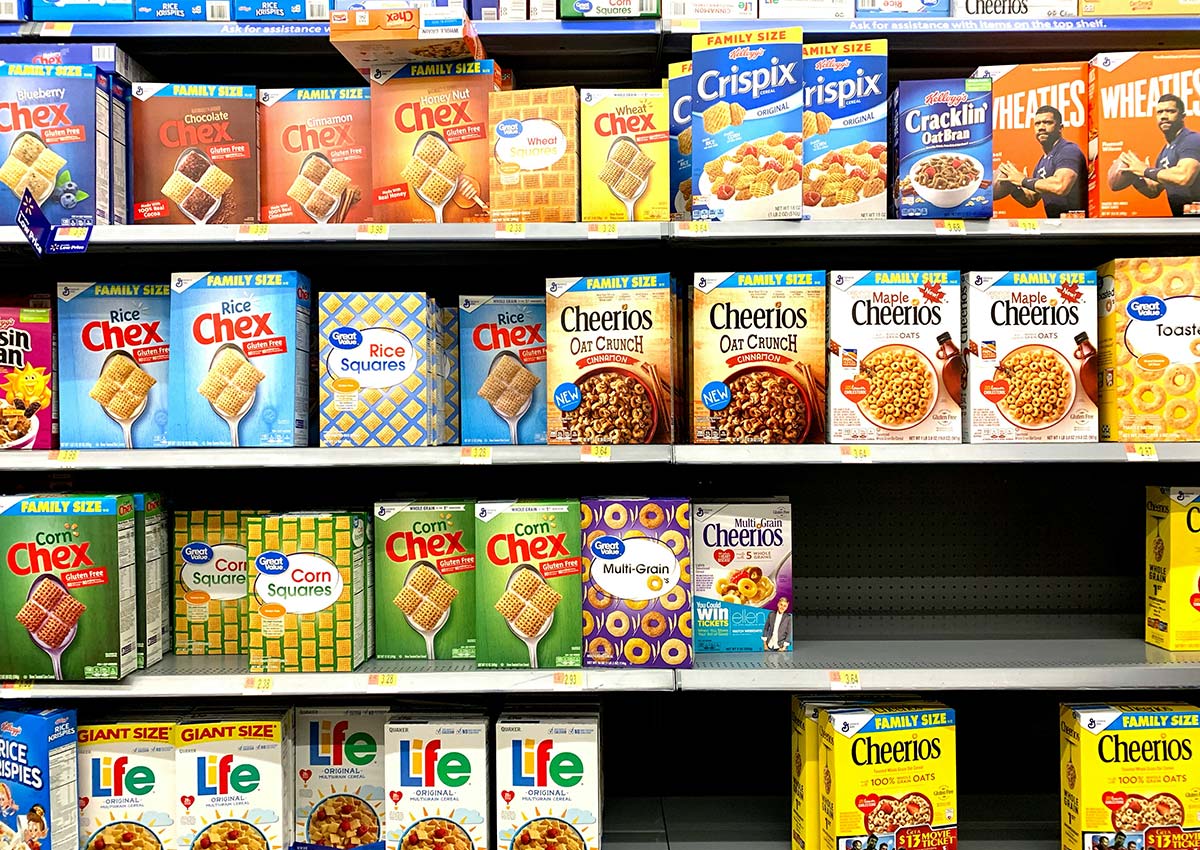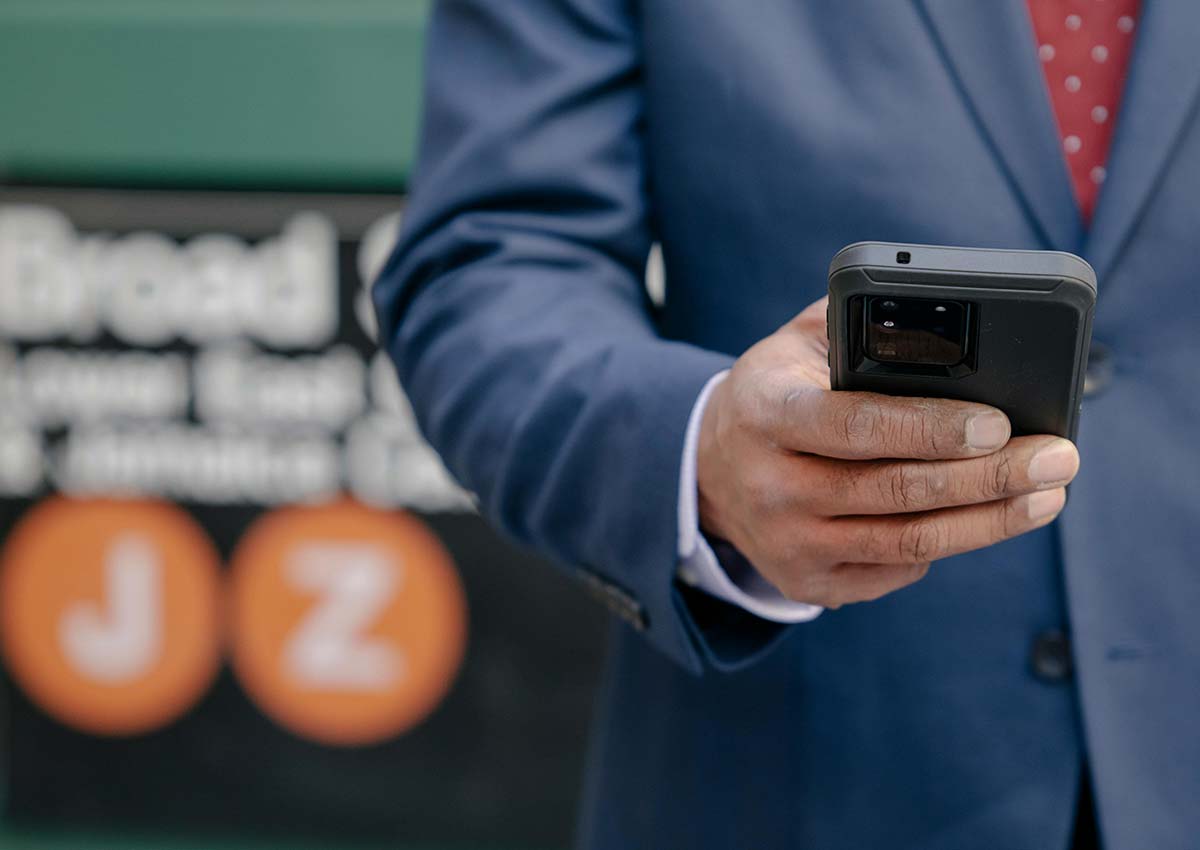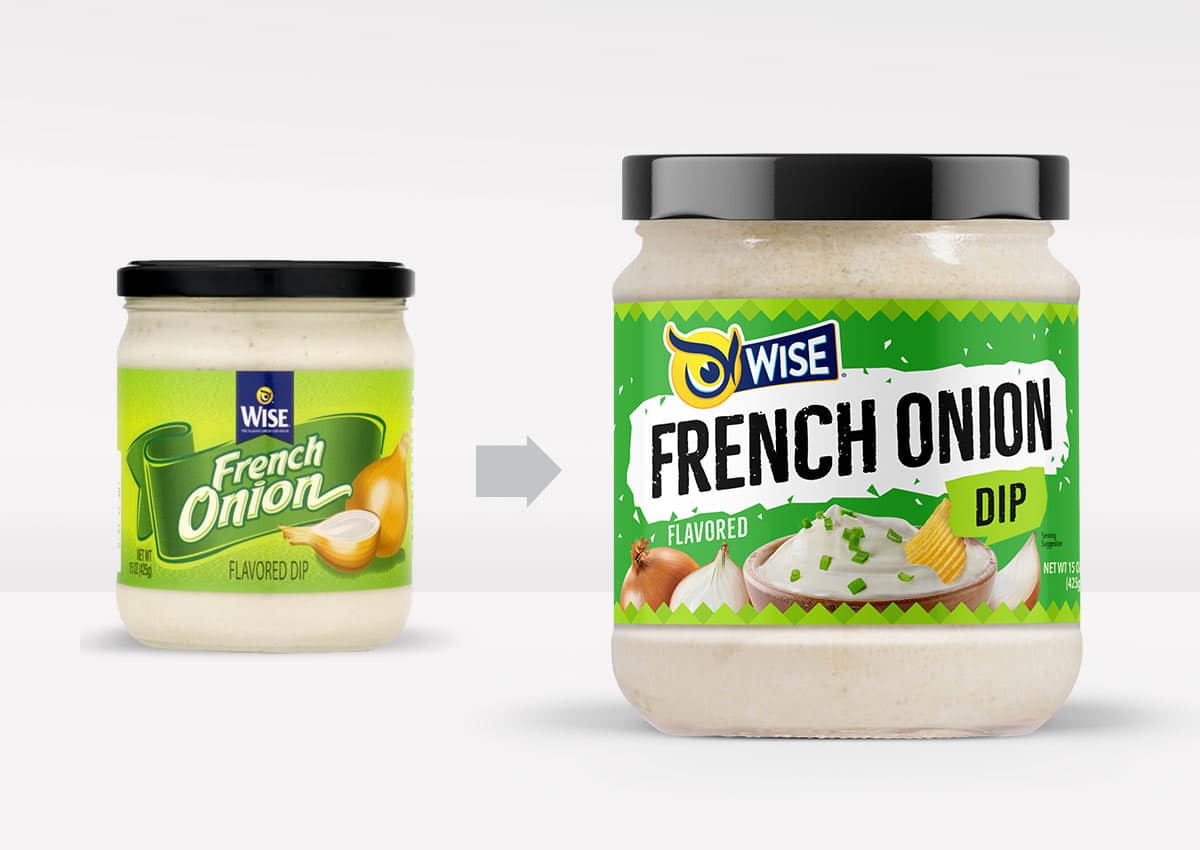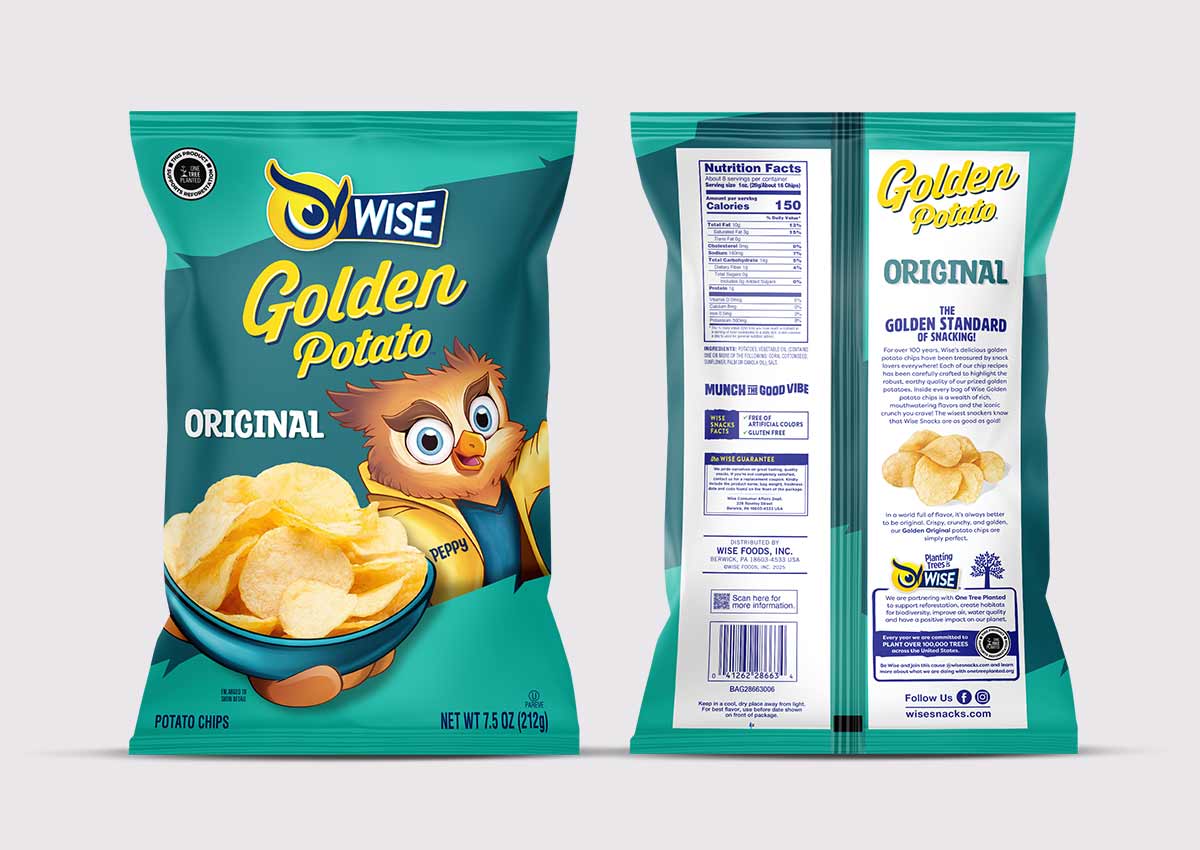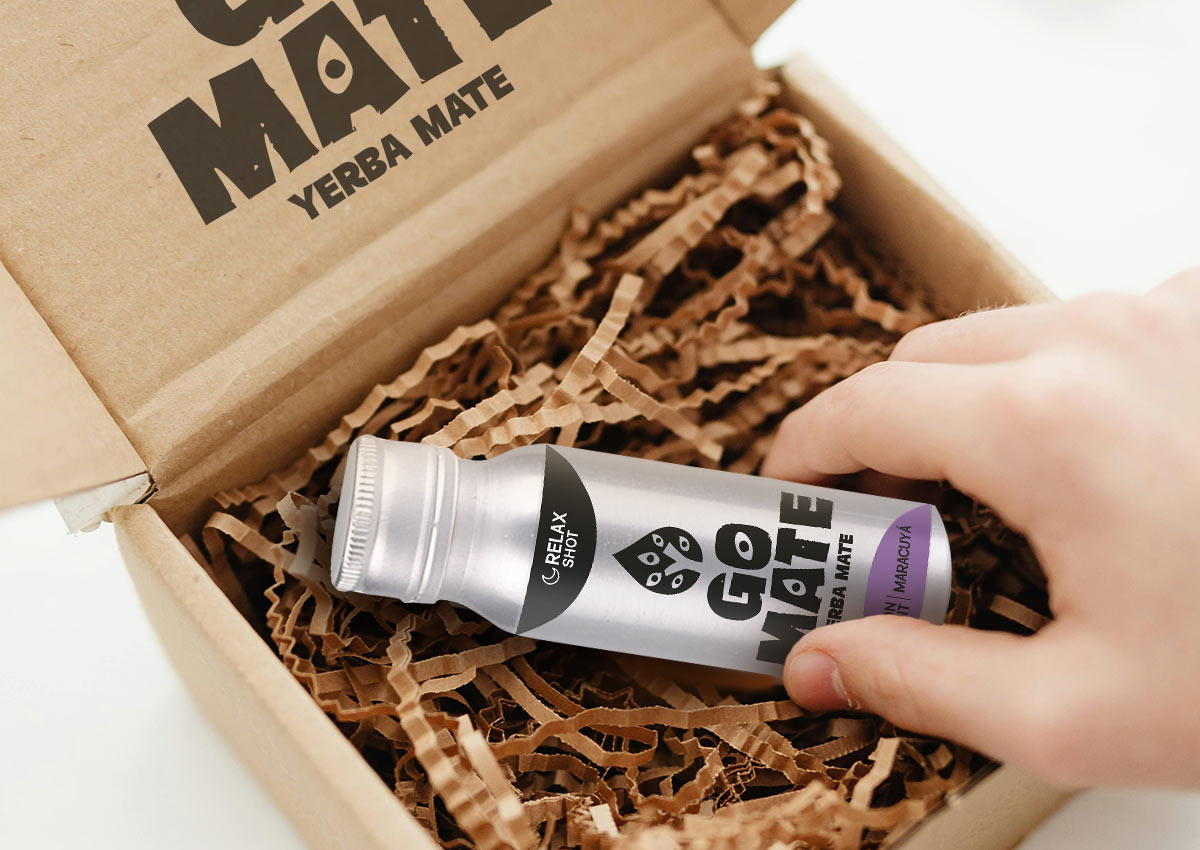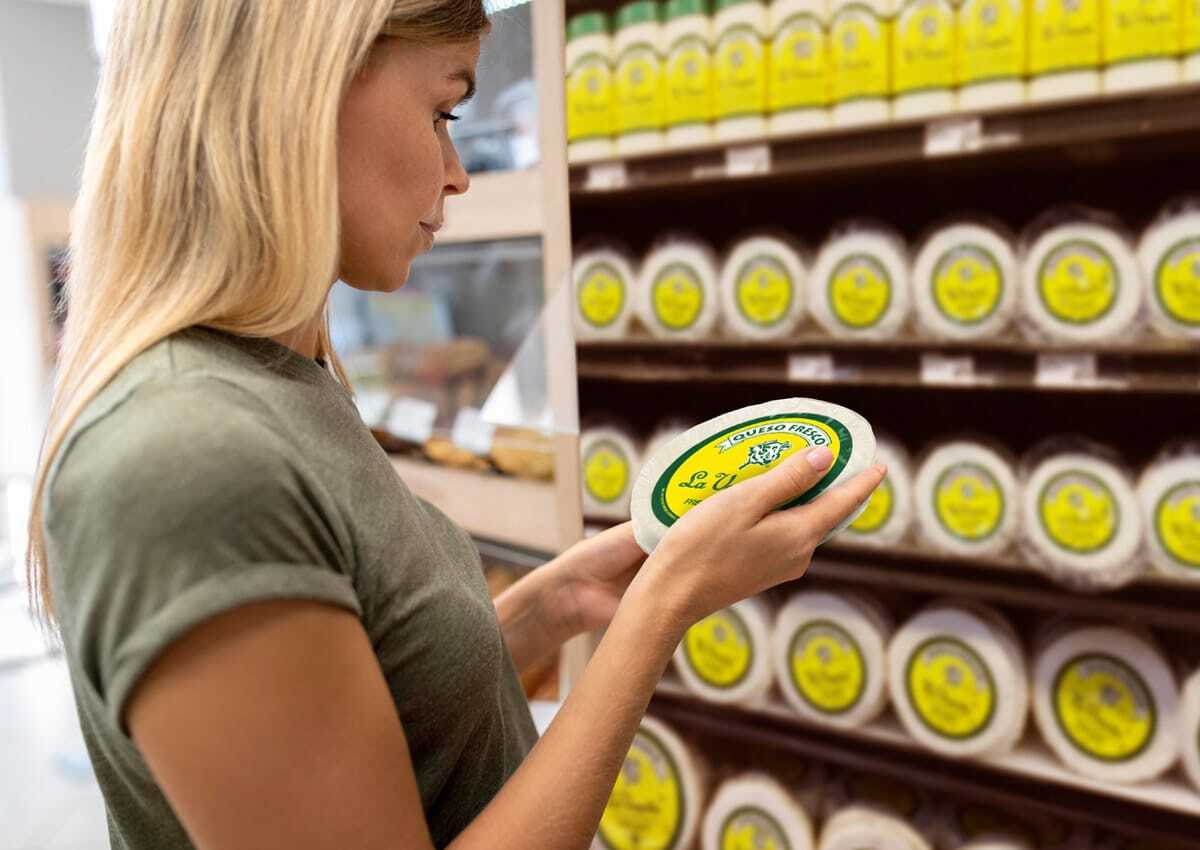From Shelf to Screen:
Designing Packaging for the Omnichannel Consumer
How to Create Packaging That Performs in Both Retail and Digital Channels
In today’s consumer landscape, packaging must do more than stand out on a physical shelf—it also needs to perform on screens big and small. From supermarket aisles to Amazon thumbnails, packaging design now plays a dual role: capturing attention in-store and converting clicks online. At Imaginity, we help brands navigate this new reality by designing packaging that’s optimized for an omnichannel world, where physical and digital retail environments constantly overlap.
The Dual Role of Packaging
Consumers no longer discover products in a single channel. They may spot a product on Instagram, buy it at Target, then reorder it online. This journey demands a packaging system that:
- Grabs attention from six feet away in-store
- Communicates clearly in a 150-pixel image online
- Maintains brand consistency across all touchpoints
1. Visibility at Every Distance
In-Store: Shelf visibility relies on color blocking, shape, and structure. A bold color palette or a unique pack form can help your product compete within a crowded category. In physical retail, consumers scan quickly—your packaging has to stand out in a sea of similar options.
Online: E-commerce favors clarity and contrast. Your packaging needs to be legible in thumbnail view—especially on mobile. Key elements like the product name, flavor/variant, and main benefit must be visible even at small sizes.
Tip: Test your packaging at multiple scales—from handheld to thumbnail—to ensure legibility.
2. Information Hierarchy & Clarity
Online shoppers rely heavily on visuals because they can’t pick up or examine the product. This makes information design critical. Your pack must answer:
- What is it?
- What does it do?
- Why should I care?
Callouts like “plant-based,” “sugar-free,” or “dermatologist-tested” should be concise, prominent, and styled consistently across SKUs and formats.
3. Hero Images & Digital Assets
Packaging must be photogenic. For online retail, it’s not just about the physical pack—it’s about how it shows up in search results, lifestyle shots, and PDP (product detail page) mockups.
Brands should invest in “digital-first” packaging adaptations:
- Simplified or cropped versions for thumbnails
- Transparent or 3D renders with clean backgrounds
- E-commerce-ready hero shots that show benefits upfront
4. Structural Design Meets Logistics
Your pack must also survive the realities of both retail channels:
In-store: Should be stackable, durable, and easy to merchandise.
Online: Must withstand shipping, avoid leakage or crushing, and open neatly for unboxing.
Packaging should be designed for both experience and logistics. For example, tamper-evident closures, protective inserts, or frustration-free openings can enhance both trust and usability in e-commerce.
5. Brand Consistency Across Channels
No matter where your customer encounters your product—on shelf, online, in a TikTok haul—your brand identity must stay coherent. That includes:
- Unified color and type systems
- Consistent product naming and messaging
- Scalable design elements across primary, secondary, and digital packaging
This consistency reinforces recognition and builds brand equity over time. shots that show benefits upfront
Final Thought: Omnichannel = Opportunity
While designing for both shelf and screen can be challenging, it’s also an opportunity to amplify your brand’s presence across multiple consumer journeys.
Smart, scalable packaging design allows you to meet your audience wherever they shop—and turn every touchpoint into a brand-building moment.
At Imaginity, we help brands create packaging that performs in all channels—from physical presence to digital discovery.

